Increased Defense Budgets
The military navigation market is experiencing a notable boost due to increased defense budgets across various branches of the U.S. military. In recent years, the U.S. government has allocated substantial funds to enhance military capabilities, with a projected budget of approximately $750 billion for defense in 2025. This financial commitment is likely to drive investments in advanced navigation systems, ensuring that military personnel have access to the most reliable and precise navigation tools. As a result, the military navigation market is expected to grow significantly, with estimates suggesting a compound annual growth rate (CAGR) of around 5% over the next five years. This trend indicates a strong focus on modernizing navigation technologies to maintain operational superiority.
Emerging Geopolitical Tensions
Emerging geopolitical tensions influence the military navigation market, necessitating enhanced military readiness. As global conflicts and territorial disputes arise, the U.S. military is compelled to invest in advanced navigation systems to ensure effective operational capabilities. The need for precise navigation in hostile environments is paramount, as it directly impacts mission success. Consequently, the military navigation market is likely to see increased demand for sophisticated navigation solutions that can operate in contested environments. This heightened focus on navigation technology is expected to drive market growth, with projections indicating a potential increase in market value by 10% over the next few years as military strategies evolve in response to these geopolitical challenges.
Focus on Training and Simulation
The military navigation market is also driven by a growing emphasis on training and simulation programs. As military operations become increasingly complex, the need for effective training solutions that incorporate advanced navigation technologies is paramount. The U.S. military is investing in simulation tools that replicate real-world navigation scenarios, allowing personnel to hone their skills in a controlled environment. This focus on training is likely to enhance the effectiveness of navigation systems in actual operations, thereby increasing demand within the military navigation market. Projections indicate that investments in training and simulation could lead to a market growth of around 4% over the next few years, reflecting the critical role of preparedness in military success.
Collaboration with Private Sector
The military navigation market is witnessing a trend of collaboration between the military and private sector companies. This partnership aims to leverage innovative technologies and expertise from the commercial sector to enhance military navigation capabilities. By engaging with private firms, the military can access cutting-edge solutions that may not be available through traditional defense contractors. This collaboration is expected to drive advancements in navigation systems, potentially leading to a market growth of 7% in the coming years. The integration of commercial technologies into military applications underscores the importance of adaptability and innovation in the military navigation market, ensuring that the U.S. military remains at the forefront of navigation technology.
Technological Advancements in Navigation Systems
The military navigation market is significantly shaped by rapid technological advancements in navigation systems. Innovations such as GPS, inertial navigation systems, and augmented reality are transforming how military operations are conducted. The integration of these technologies enhances situational awareness and operational efficiency, which are critical for mission success. As the U.S. military seeks to leverage cutting-edge technologies, the market is projected to expand, with estimates suggesting a growth rate of approximately 6% annually. This trend indicates a shift towards more sophisticated navigation solutions that can adapt to the complexities of modern warfare, thereby reinforcing the importance of advanced navigation systems in military operations.


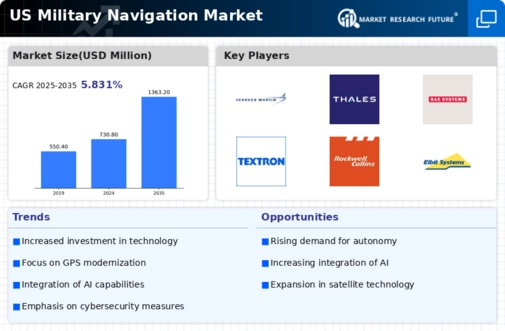
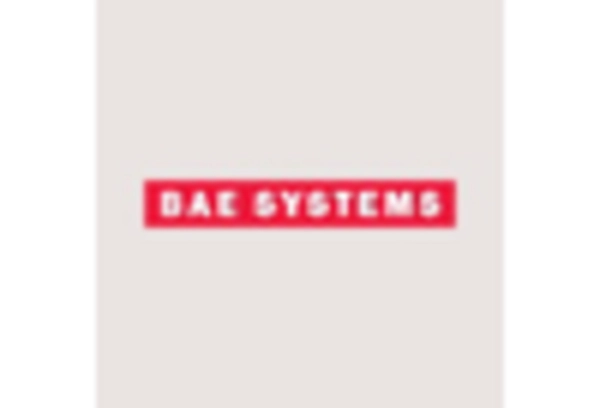

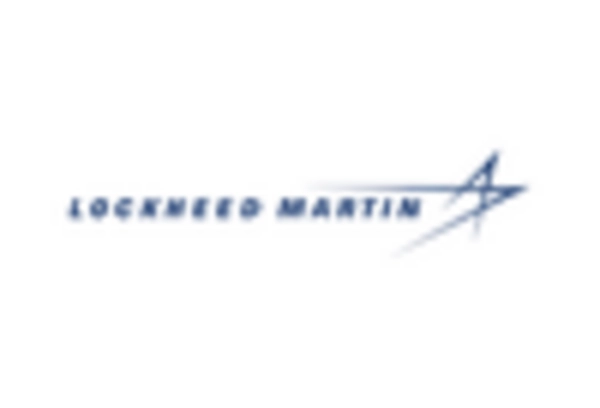
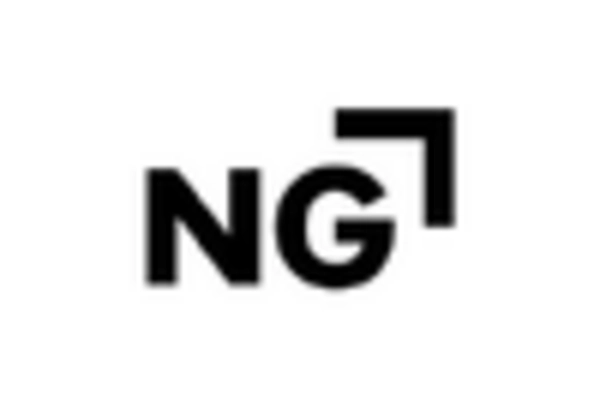
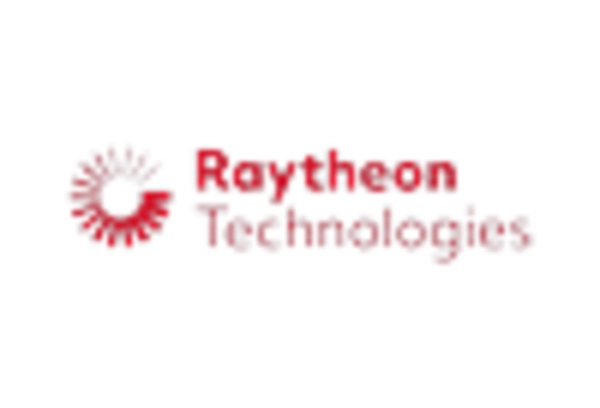
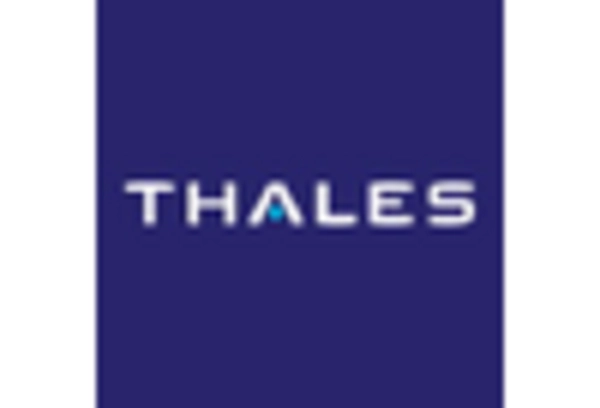








Leave a Comment